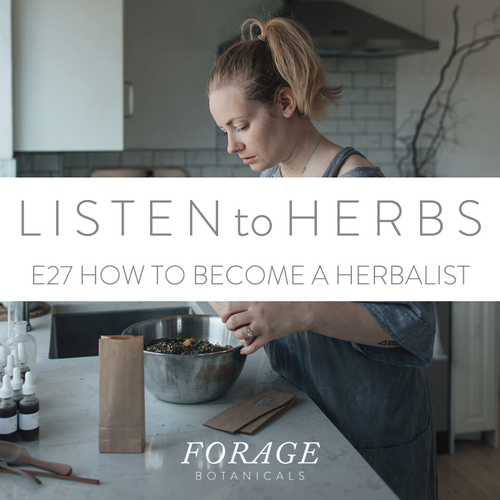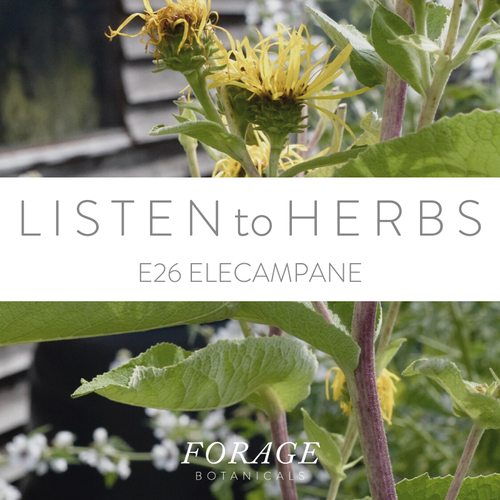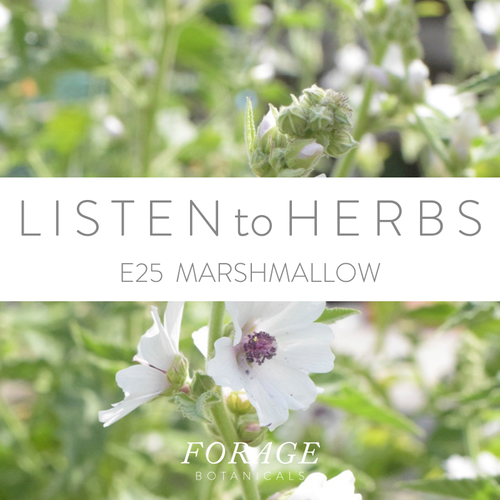Natasha Richardson and Claire Goulding
Urtica dioica (Nettle) Plant Profile

Names: Stinging Nettle, Common Nettle, Grosse Brennessel (German), Grande ortie (French), Ortega (Spanish), Grande optic (Italian). .
Element: Fire
Planet: Mars
Magical uses: Cleansing athames, Dye for Ostara Eggs (Easter eggs), protection, healing, lust, exorcism, banishing curses. Blend with Yarrow to rid yourself of fear.
Key words: Sting, Hot, Ouch, Strength, Boundaries, Oomph, Power. Tissue type: use for Depression, Stagnation and Atrophy
Qualities: Hot and Dry
Actions: Tonic, Haemostatic, Lactagogue/ Galactagogue, Diuretic, Astringent, Anti-allergic, Anti-inflammatory Tonic to blood, Hypoglycaemic, Antiseptic, Expectorant, Vasodilator, Hypotensive, Antirheumatic, Anti-haemorrhagic. .
Physical Uses: Tonic, Allergies, Arthritis, Gout, Phlegm, Lung irritations, Urticaria, Cleansing, Stops heavy menstrual bleeding, Promotes breast milk, Iron deficiency anaemia, Insulin resistant diabetes, Paralysis, Impotence, Atrophy, Hypothyroidism, Excessive menstruation, Loss of hair, Bad memory, Low blood pressure, Bronchitis, Asthma, Hayfever, Cystitis, Urethritis, Prostatitis, Enlarged prostate, Burns, Hives, Blood in stool, Itching.
Emotional Uses: Raise the fire in you, Improved personal boundaries, Gives passion.
Parts used: Leaves, Roots and Seeds.
Known constituents: Tannins, Iron, Vitamins A, B, C and K, Quercetin, Histamine, Choline, Acetylcholine, Serotonin,
Legend & Tradition
Nettle is a fiery plant, as evidenced by its sting. When the Romans came to Britain for the first time it was used to keep themselves warm by stuffing their trousers with it. Sounds like agony, but Britain was much colder then. It just goes to show how desperate they were to stay warm. It was also used to whip the joints following saunas to keep the joints mobile. It’s still used to this day to keep away rheumatism. Its latin name Urtica comes from Uro meaning “I burn” and its common name Nettle comes from “noedle" meaning needle. (Grieves, 1992)
Medicinal Uses
THE LEAF
The nettle is not just a good source of iron though, it’s also rich in Vitamins A, B, C, D and K (Adhikari, B. M., et al., 2015). Therefore, I think of it as a super-food. It is traditional to pick the leaf in spring time as a tonic. But it can be picked all year round provided you keep pruning back older growth to promote new young leaves. This is important because the older leaves (the ones still there while it flowers and seeds) are not only more vicious with their stings and more woody in texture but also contain something called a cysolith. This is a tiny molecule which you absorb when you eat the nettle and can contribute to rheumatism, Arthritis, gall stones and kidney stones. The irony is that the younger leaf is known to TREAT these conditions. (Brooke, 1992)
I feel that the effects of the cystoliths may be slow to build and therefore I only actively avoid the mature plant in people who have a genetic predisposition for any of the illnesses it can contribute to or are currently suffering with one.
CARDIOVASCULAR
The super-food properties of Nettle makes it useful in treating anemia. This is a state of low iron in the blood. It can be caused by having lost blood but can also contribute to losing more blood. For example, if a woman has a heavy period she will loose blood and her iron levels will reduce. As a result of this she is more likely to bleed heavily the next time too, creating a self perpetuating cycle. Nettle helps replace the iron which has been lost while also reducing the likelihood of bleeding. But this is not just true of the womb but also the stomach, and intestines if they are bleeding. Though I should add that if you are vomiting or defacating blood, especially if it’s bright red you should seek emergency help immediately. I give it to women throughout their pregnancies as it is common to become anaemic during pregnancy. Women also bleed after having given birth, where more blood is lost. It also helps prevent haemorrhage during child birth. (Wood, 2008)
Nettle is a lovely herb for women after giving birth too actually as it helps to increase breast milk supply (Kregiel, D., Pawlikowska, E., & Antolak, H., 2018). My theory is that it does this by ensuring the woman is fully nourished. As breast milk is difficult to produce when you are deficient in vitamins and minerals. I’d recommend making 2-3 cups of the tea each day throughout pregnancy and beyond to utilise it’s nutritional/medicinal benefit.
IMMUNITY
Taken internally as a tea or tincture the nettle leaf is effective against many allergies (Yang, C. L.et al., 2013). I use it to reduce hay fever, eczema and asthma alike. But it is more traditional to use it in a cream for the skin in cases of eczema, itching and rashes. It’s also useful in rheumatism which is a form of inflammation affecting the joints (Yang, C. L.et al., 2013). I see Nettle as a herb which reduces a hyper-active immune system but it is always worth combining with other cooling herbs in cases of chronic inflammation because it is hot and dry in quality and could aggravate some conditions. (Wood, 2008)
URINARY
The leaf has an affinity for the kidney and bladder and has a diuretic effect. This means it will increase the efficiency with which you produce urine. This is really helpful in reducing hypertension, cystitis, gall stones, kidney disease and hyperglycaemia. It’s a very gentle but effective herb and I’ve yet to find a person that doesn’t suit it. (Grieves, 1992)
THE ROOT
REPRODUCTION
Close by to the kidney and bladder is the prostate gland. This can become enlarged and inflamed in men. In fact, as many as 40% of men will get it at some point after they reach 40 years old. The leaf is helpful but the root even more so (Dhouibi, R., et al., 2020). A decoction is best suited for roots. Take it 1-2 times a day (1 tsp per cup) or 5ml a day of tincture will suffice. (Brooke, 1992)
THE SEED
ENDOCRINE
This is a rarely used part of the plant. Though it is coming to be used more by modern herbalists due to it’s apparent adaptogenic nature (Sharma, R., et al., 2021). This means that it seems to help people adapt to stress.
Safety Considerations
Possible allergy to the sting. Possible allergy to the urticacaea.
References
Ghasemian, M., Owlia, S. and Owlia, M.B. (2016) 'Review of Anti-Inflammatory Herbal Medicines', Advances in Pharmacological Sciences, vol. 2016, pp. 9130979. [Online]. Available at https://doi.org/10.1155/2016/9130979 10.1155/2016/9130979.
Adhikari, B. M., Bajracharya, A. and Shrestha, A.K. (2015) 'Comparison of nutritional properties of Stinging nettle (Urtica dioica) flour with wheat and barley flours', Food Science & Nutrition, vol. 4, no. 1, pp. 119-124. [Online]. Available at https://pubmed.ncbi.nlm.nih.gov/26788318 https://www.ncbi.nlm.nih.gov/pmc/articles/PMC4708629/ 10.1002/fsn3.259.
Kregiel, D., Pawlikowska, E., & Antolak, H. (2018). Urtica spp.: Ordinary Plants with Extraordinary Properties. Molecules, 23(7), 1664. doi:10.3390/molecules23071664
Yang, C. L., Or, T. C., Ho, M. H., & Lau, A. S. (2013). Scientific basis of botanical medicine as alternative remedies for rheumatoid arthritis. Clinical reviews in allergy & immunology, 44(3), 284–300. https://doi.org/10.1007/s12016-012-8329-8
Dhouibi, R., Affes, H., Ben Salem, M., Hammami, S., Sahnoun, Z., Zeghal, K. M., & Ksouda, K. (2020). Screening of pharmacological uses of Urtica dioica and others benefits. Progress in biophysics and molecular biology, 150, 67–77. https://doi.org/10.1016/j.pbiomolbio.2019.05.008
Sharma, R., Sharma Pp., Bhardwaj, R. (2021) 'Adaptogens: New Age Healing Gems for Physical Wellbeing. ', , vol. 3, no. 10. [Online]. Available at https://www.ajmrd.com/wp-content/uploads/2021/10/D3102635.pdf .



